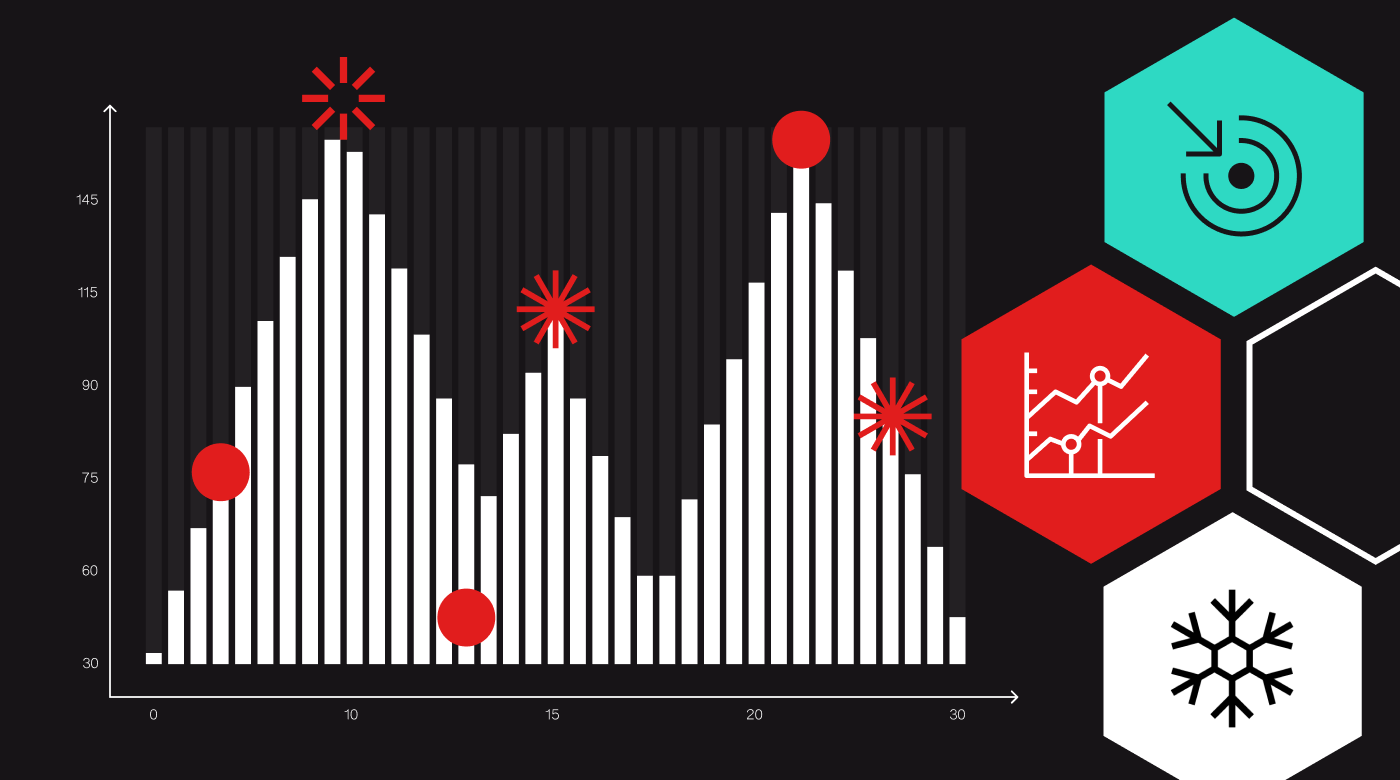Data-driven decision making can be critical in commercial real estate, but one type of data in particular presents an untapped opportunity and is poised for growth – location data. In a recent study, 451 Research surveyed commercial real estate decision-makers and practitioners in the U.S. to explore the current and future opportunity of location intelligence within the commercial real estate market.
At this year’s Real Estate Technology Conference, experts including leading real estate owners, operators and developers convene to discuss technology adoption and innovation within the real estate industry. Foursquare’s Director of Customer Success Ryan Chang and Director of Product Marketing Stu Kendall joined panelists from Greystar, Cushman & Wakefield and USAA Real Estate to exchange ideas on how executives and innovators can navigate the commercial real estate technology revolution, as the space undergoes a fundamental shift towards a technology-enabled and data-driven future.
Here are some key takeaways from the fireside chat on how commercial real estate teams can unlock the power of location intelligence.
Site Selection
An important opportunity for location technology in commercial real estate is site selection. Location data can be used to analyze trade areas and select optimal sites to set up shop. The ways in which companies used to go about this no longer work. For instance, drive time radius is not accurate, as you may think the audience lives 5 minutes drive away, but in actuality it is 20 miles – insights like these are made attainable through location intelligence.
The use of location for real estate decisions is skyrocketing. Foursquare joint study with 451 Research investigated real estate teams at retail brands, and learned that about 60% of retailers are struggling to make timely decisions and keep up with shifting market trends due to their reliance on outdated or static data to make business decisions. Meanwhile, timely insights from location data can accurately help with that. Location intelligence helps businesses identify optimal locations to set up shop based on attributes such as which neighborhoods are surging or declining in popularity, where co-locating with other stores within a shopping center can be advantageous, and where whitespace is present based on a competitors’ physical footprint. For this reason, 92% of commercial real estate executives plan to increase their spend on location intelligence in the next 2-3 years. The recent study also indicates that more than ¾ of real estate practitioners who are leveraging location technology today say that it’s a highly strategic investment that drives competitive differentiation. Therefore, by identifying and capitalizing on emerging trends, retailers can edge over their competitors. This is evident through Foursquare’s partnership with QSRs, such as Yum Brands!, who use our location data as a component of their site selection model.
Competitive Intelligence
Location plays a crucial role in competitive intelligence. Are visits down because the business is struggling or is it down because all categories are down but the business is actually doing well all things considered? To answer all these questions, competitive intelligence is proven to be helpful and is a big use case for organizations to keep an eye and gain an edge over competitors. To start off, it provides high level insights on how a retailer’s traffic is trending over time compared to key competitors, determining answers such as the foot traffic to the retailer’s locations and how it varies by region. The conversation evolves from there, where data science teams can dig deeper into the available data, different analyses and methodologies, and best practices. Organizations can use Foursquare’s Places and Visits data into their systems, combining it with other datasets to build out a robust competitive intelligence program, which granularly and quickly assemble first party transaction data, build a model to fit it against visits and correlate it into sales of competitors. Moreover, organizations can leverage Foursquare’s geospatial visualization platform Unfolded, to combine different datasets and uncover even more hidden insights.
How to Evaluate Location Data
Data accuracy is key – it is vital to think about the breadth and depth of data – both scale and precision. Everyone claims to have the best data out there, but organizations should ensure to put it into test. Furthermore, it is important to know how to evaluate this kind of data before starting conversations with vendors by first having a clear criteria. For instance, when evaluating POI data, ask for the coverage and quality (e.g. pick a region and national brand), and this should have a quick turn around within 48 hours. Next, make sure to have a trustworthy partner, who is committed to protecting both consumers’ data and your data, transparent about their practices, and who holds themselves accountable. Lastly, find a partner who will innovate alongside you, who is constantly raising the bar to keep up with the changing landscape and thinking outside the box.



